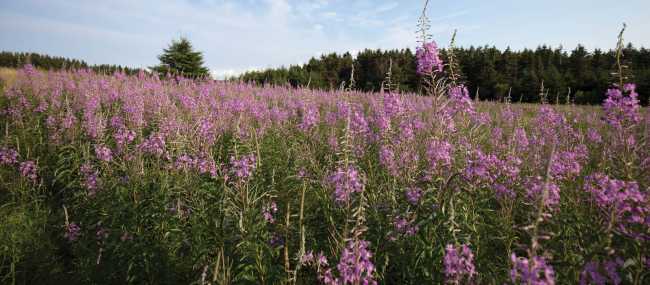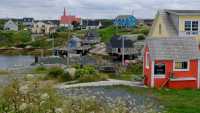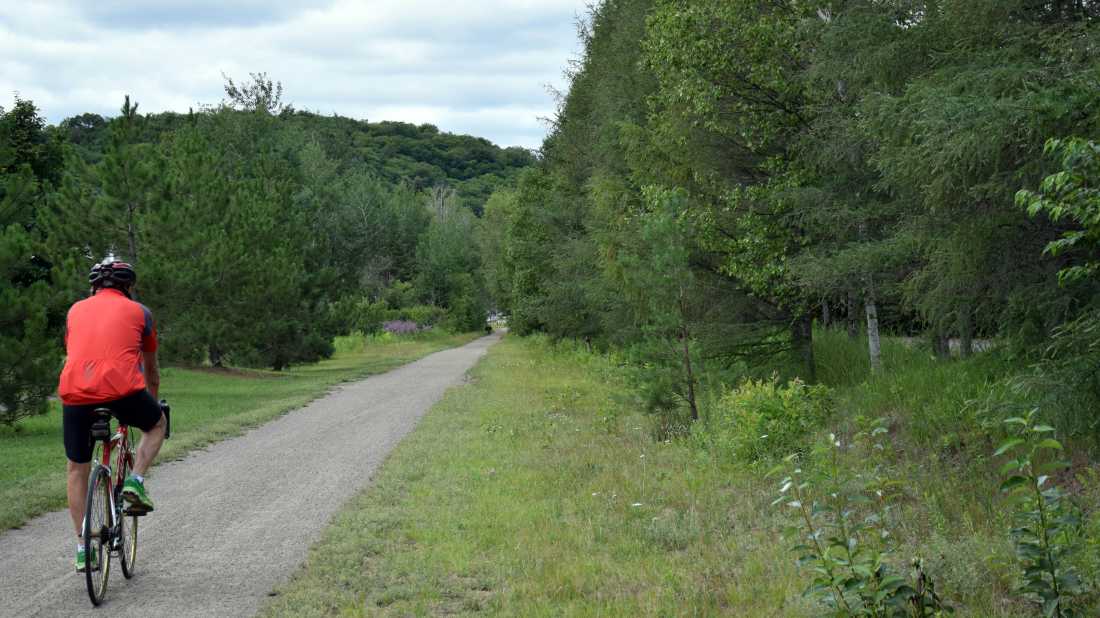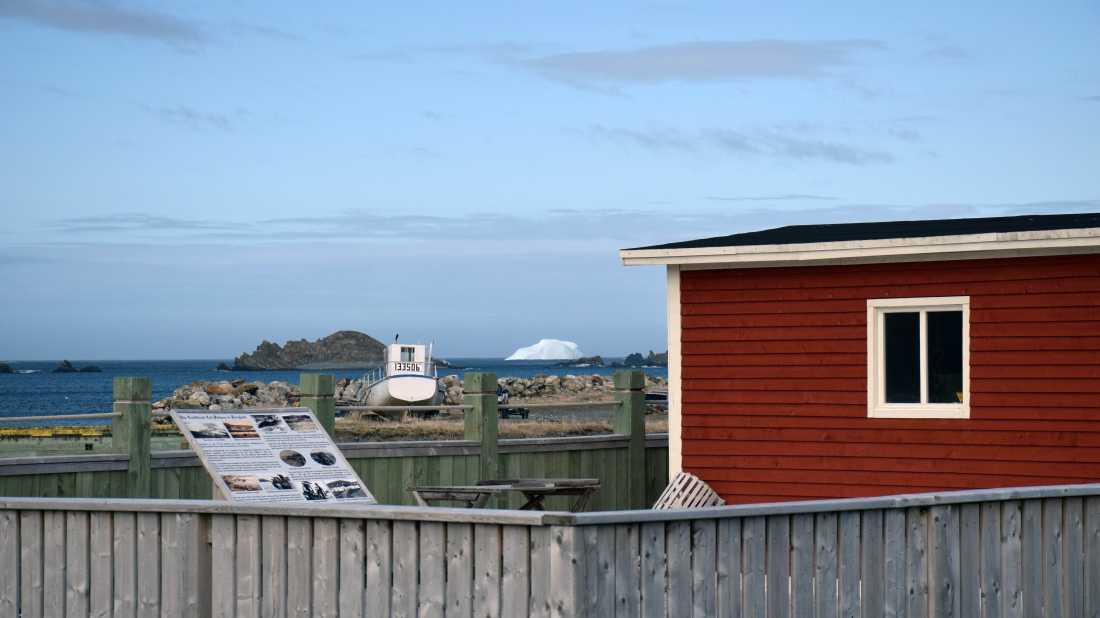
Wildflowers lining the way along the Confederation Trail | Guy Wilkinson
Blog home / Spring into an Early Summer Outdoor Adventure
By Robin Esrock
As the snow finally retreats into the shadows and green shoots appear among the blossoms, Canada's vast and varied landscape gears up for a season of outdoor adventure. While summer is undoubtedly our busiest season, and our winters are famed for world-class skiing and winter sports, late May and early June offer plenty of advantages for those looking to get outside early. As in life, timing is everything when it comes to a successful adventure, and Canada’s seasonal shifts have a big impact on where you go, and what and who you’ll discover when you get there.

In Canada, late spring and early summer represent a sweet spot for value and unmatched natural beauty. From late March through mid-June, our tourism experiences a shoulder season which means avoiding the crowds, more accessibility, and more availability. Even iconic destinations like Lake Louise in Banff National Park or Peggy’s Cove in Nova Scotia have fewer visitors in early summer, which changes the experience you’ll have in the Rockies, or on the rocks that greet the smashing waves of the Atlantic. Fewer people give the feeling of more space, allowing you to lose yourself in nature, and a chance to stop and smell the wildflowers without worrying about a forest of selfie sticks.
Late spring and early summer may bring unpredictable weather, but it more than makes up for it with a natural spectacle. Wildlife emerges hungry and active after hibernation or the long scarcity of winter, resulting in exceptional wildlife viewing. Migratory birds return in their thousands to wetlands across the country, creating a paradise for birders. Bears forage in the mountains, deer and moose calve in mountain meadows, and the annual cycle of rebirth kicks into full gear. Meanwhile, melting alpine snow can transform even the most modest waterfalls into a thundering cascade. For those in search of wildflowers, late spring and early summer see alpine or coastal meadows bloom into exploding carpets of colour.
Canada's reputation for extreme weather isn't entirely undeserved. It is generally freezing in winter, while heat and humidity can rocket in summer. When it comes to outdoor adventure, there’s a distinct Goldilocks zone that is ideal for hiking or biking. Sunny but not too hot, cool but not too cold. Peak summer adventure often has to deal with the heat, but June offers comfortable daytime temperatures. In Canada’s southern regions, the national average temperature hovers around 16–20°C (61–68°F), making it ideal for outdoor exercise. Moderate temperatures also mean you can tackle challenging trails without the need for constant breaks, or to carry litres of water. If you’re camping, expect to sleep soundly without suffocating summer heat or winter's bitter chill.

After the thaw, Canadian communities also spring back to life with exuberance and excitement. Farmers' markets sprout across the country with their first harvests, fishing villages along the east and west coast buzz with pre-season preparation, and Indigenous cultural experiences start-up their gears before the crowds of high-season arrive. As a result, shoulder season tends to be more relaxed, which gives you more time to engage with locals before the hectic rush of summer. This allows more time for more questions, more stories, and more authentic cultural encounters.
I’ve previously written about photography tips, especially in the fall when the colour of foliage begins to pop. Late spring and early summer also deliver a visual feast for photographers that is impossible to capture at any other time of year. The unique quality of light as winter transitions to summer can create dramatic conditions, such as low-angled sunshine illuminating landscapes with ‘golden hour’ conditions that last for hours. Changing weather systems also create atmospheric drama ideal for landscape photography. Lingering snow and emerging natural life create standout compositions for both amateur and pro photographers alike.

In my experience, the stories you remember always gravitate toward the moments you least expect. Perhaps spring's greatest charm lies in its unpredictability – a sense that anything might happen, and often does. With our East Coast Trail tours kicking off as early as the last week of May, you’re ideally positioned to view migrating icebergs before they melt into the sea, along with seasonal migrating whales. Unpredictability also requires a certain amount of flexibility. Yes, you might well encounter a surprise, unseasonal cold snap, on a hot or rainy day. But the rewards for rolling with nature's whims far outweigh the inconvenience. If you’re well prepared with layers and gear, you can embrace any adventure regardless of the weather.
In an era where Instagram-famous locations suffer from over-tourism and authentic experiences grow increasingly rare, late spring and early summer in Canada offer something unique: the opportunity to discover and experience extraordinary places before the rush of summer’s crowds, or the personal and professional exhaustion that follows. In tune with the transition of seasons, this is the kind of stuff that reconnects us to the essence of an adventure: the unpredictability, the challenge, and a sense of having discovered something that others might have missed. Spring adventurers often find themselves alone with Canada's bucket list landscapes and wildlife, wondering why everyone else hasn't discovered the benefits of early season travel. After all, the best adventures are those we discover for ourselves.
Robin Esrock is the bestselling author of The Great Canadian Bucket List and The Great Global Bucket List.